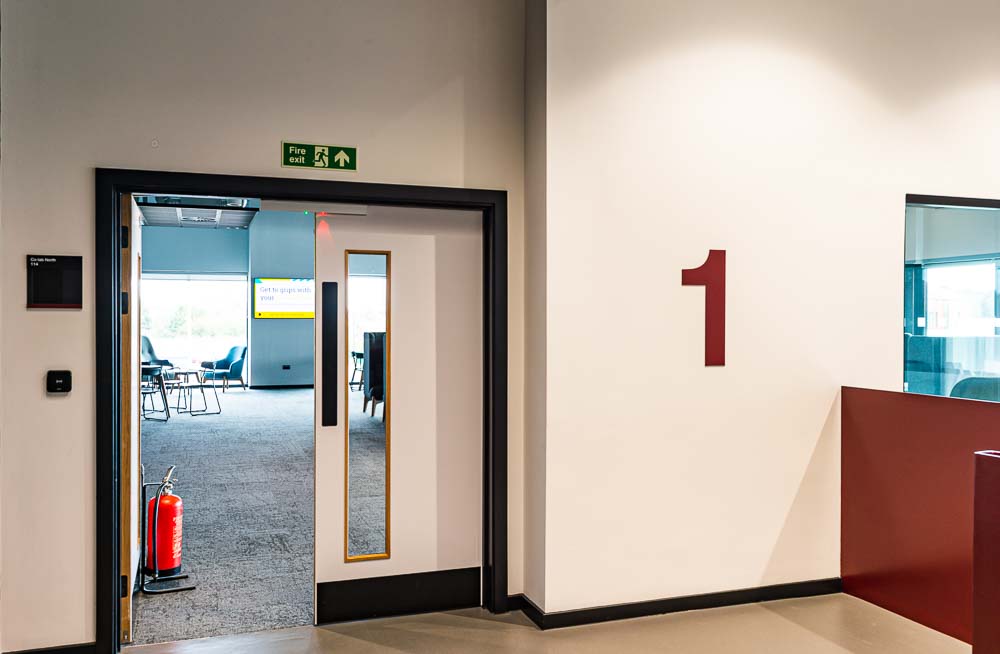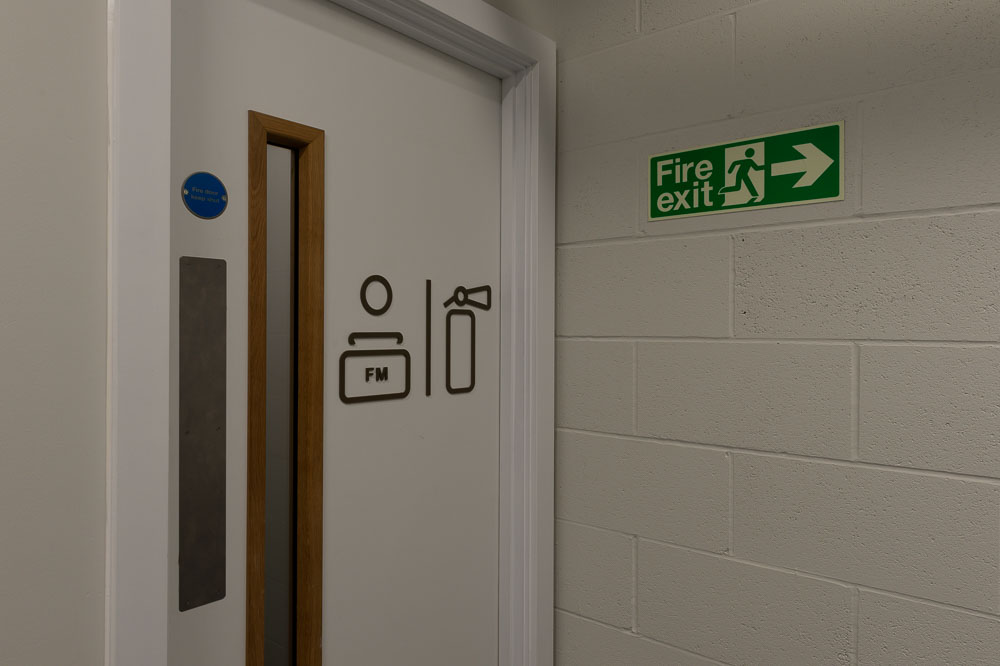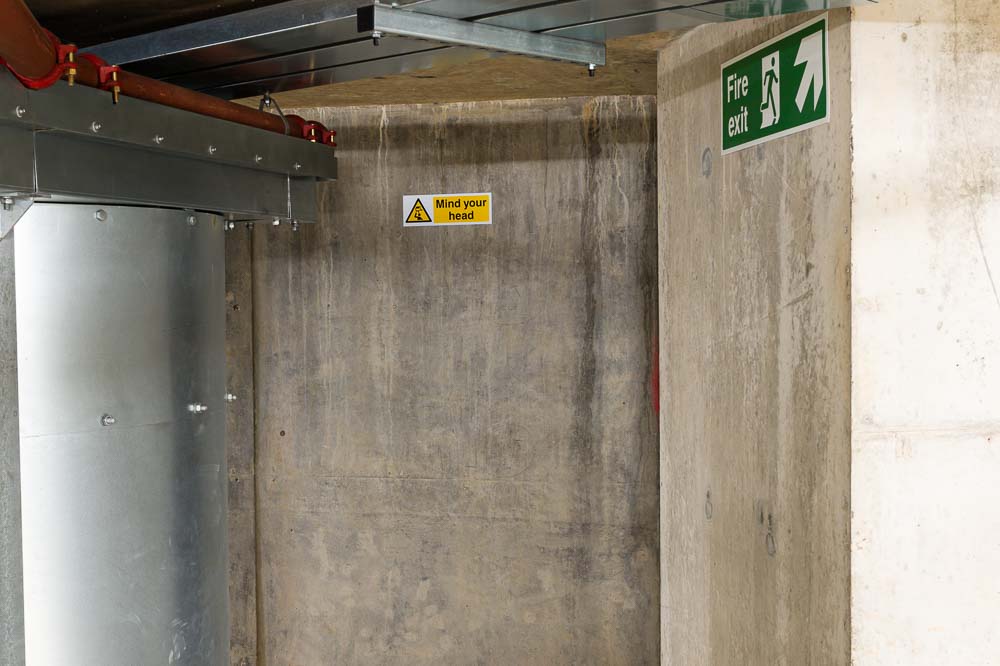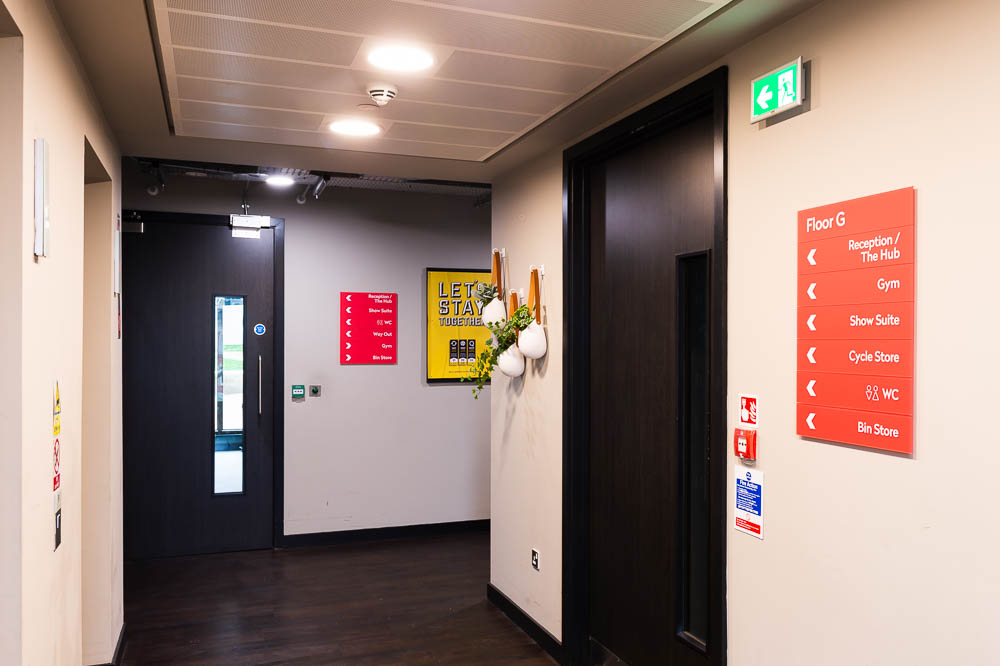Introduction to Fire Signage
Understanding fire signage is one of the most important aspects of safety and legal considerations in the UK. Fire signage points people in the right direction, they show them where the exits are, the locations of exit devices and escape routes as well as the assembly points in the event of an emergency. In this blog post, we will look at the different types of fire signage, the legal guidelines that govern the use of fire signage, the significance of fire signage and how to take care of fire signage properly.
Overview of Regulatory Requirements
The United Kingdom has some of the most strict regulations regarding the use of fire safety signs. The main law that covers this is the Regulatory Reform (Fire Safety) Order 2005. Every business owner, safety officer, and construction manager must have the knowledge of such laws in order to prevent incidents in his or her premises.
Every organisation must perform a fire risk assessment to determine the risks that are present and the measures to be put in place for fire safety signs. Other laws that are in line with the use of fire safety signs are the Health and Safety (Safety Signs and Signals) Regulations 1996. Ignoring these laws will result to severe consequences such as fines and even imprisonment.
In line with these laws, fire signs have to be well designed, well written and fixed in very conspicuous places. They should employ standard symbols and colours in order to avoid confusion when applying the signs in different places.


Fire Signage Classification
Fire signage includes a broad range of sign types, and each has a specific function. Here’s a detailed breakdown of the various types of fire signage you might need:
– Fire Exit Signs. Exit signs are very important in telling the evacuees where to go in case of an emergency situation. These signs should be placed on the exit doors and on the paths that people should use when evacuating so as to easily guide people to the nearest exit. In the UK, these signs have to contain a man running symbol and an arrow pointing to the exit.
– Fire Assembly Point Signs. These signs show the areas that have been assigned to accommodate the people after the evacuation of the building. The fire assembly point signs have to be affixed in a conspicuous place outside the building so that people are able to get to the meeting place with ease.
– Fire Equipment Signs. Fire equipment signs direct the fire fighting equipment location for example fire extinguisher, hose and fire blanket. These signs are normally painted red and white and should also have symbols and words that describe the kind of equipment.
– Fire Action Signs. Fire action signs are the instructions which state what to do in case of fire. These signs are most of the time blue and white and are a detailed step by step on how to inform people to alert the others, exit the building and even call the fire department.
– Fire Door Signs. These are signs that are used to label any door that is supposed to be kept closed in order to ensure that fire and/or smoke does not spread. These signs are most of the time blue and white and must be fixed on both sides of the door.
– No Smoking Signs. No smoking signs are important to avoid the possibility of fire disasters arising from smoking materials. These signs are commonly red and white in design and should be hung reasonably spaced throughout the building.


Fire Signage Placement
Correct placement of fire signage is critical to ensure it is effective during an emergency. Here are some guidelines on where and how to install fire signage:
– Visibility. All the fire signs have to be affixed in well conspicuous places in a manner that anyone in the building can be able to see the signs. Do not put the signs in places where they will be blocked or cannot be seen easily.
– Height. Fire signs should be fixed on a surface which is easy to see from a distance away. Normally, they should be put on walls at a height of 1.7m to 2m from the floor.
– Consistency. Make sure that fire signage is placed in a regular manner all over the building. This means that the same symbols, colours and sizes of signs should be used for the similar types of signs.
– Illumination. Make sure that fire signage is either illuminated or made of photo-luminescent material so that they are easily visible even it is in low light condition or in the event that the area is smoky.
Best Practices for Maintenance
Fire signage is as important as the installation of the same and that is why the following are some tips about how to maintain them:
– Regular Inspections. Always check all fire signage periodically to ensure that they are well installed and in a good condition. Look for common weaknesses such as; the signs may have a tendency of getting faded or damaged and should be replaced.
– Updates. Whenever there is any alteration made in the fire safety measures or the structure of a building, it is important to change the fire signage. This is because you may have to create new signs or rearrange the existing signs to suit the new exit points and the new locations of the fire fighting equipment.
– Cleaning. Ensure that fire signage is not blocked in any way and is clean from dust, dirt and other materials that may affect visibility in case of an emergency.


Conclusion
Fire signage is one of the most important aspects of fire safety and legal requirements in the United Kingdom. Thus, it is possible to identify the need for the understanding of the types of fire signage, the legal mandates, correct positioning and care and maintenance of the signs by business owners, safety officers, and construction managers in order to produce a safer environment.
The following factors are therefore important with regards to implementation of fire signage in the businesses; frequent assessments, changes and maintenance of the signs.
For those businesses aimed at enhancing the fire safety measures, xsign can offer navigational information and further support. It is the fire safety measures that may be the difference between an accident occurring and people’s lives being saved.
If you are interested in improving your fire safety measures, get in touch with us to find out how we can help.


